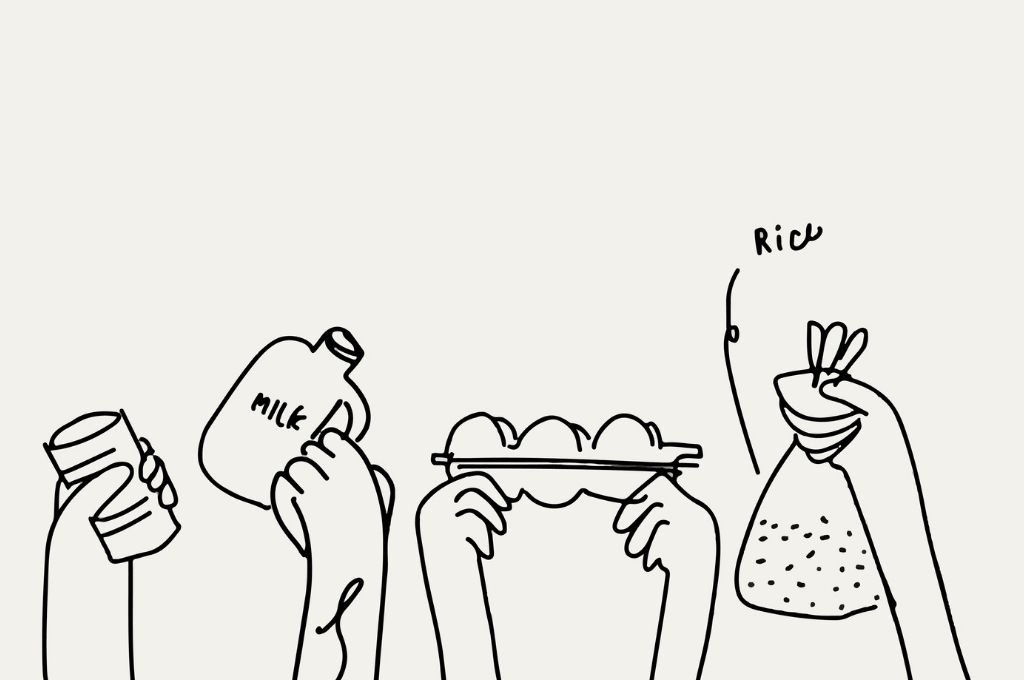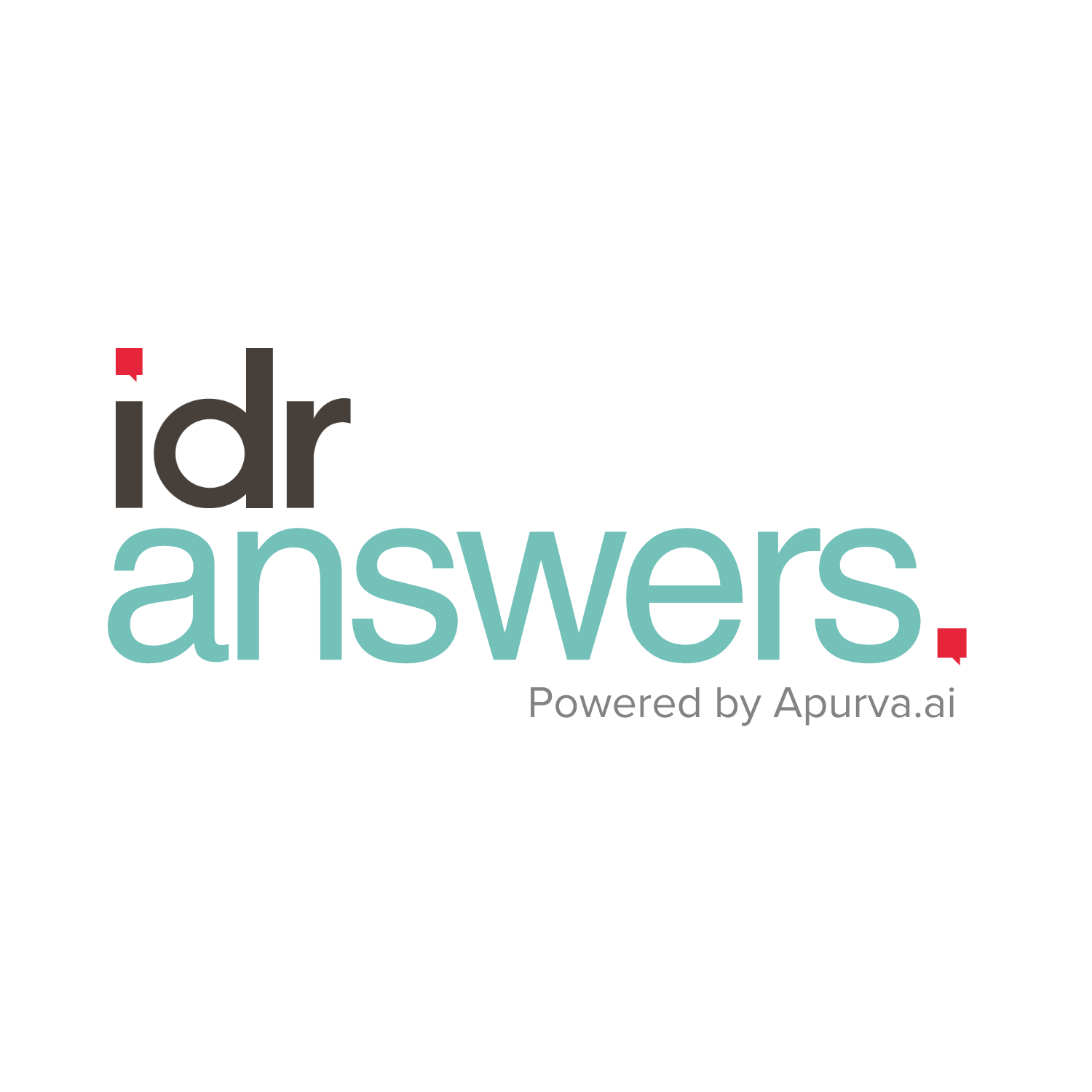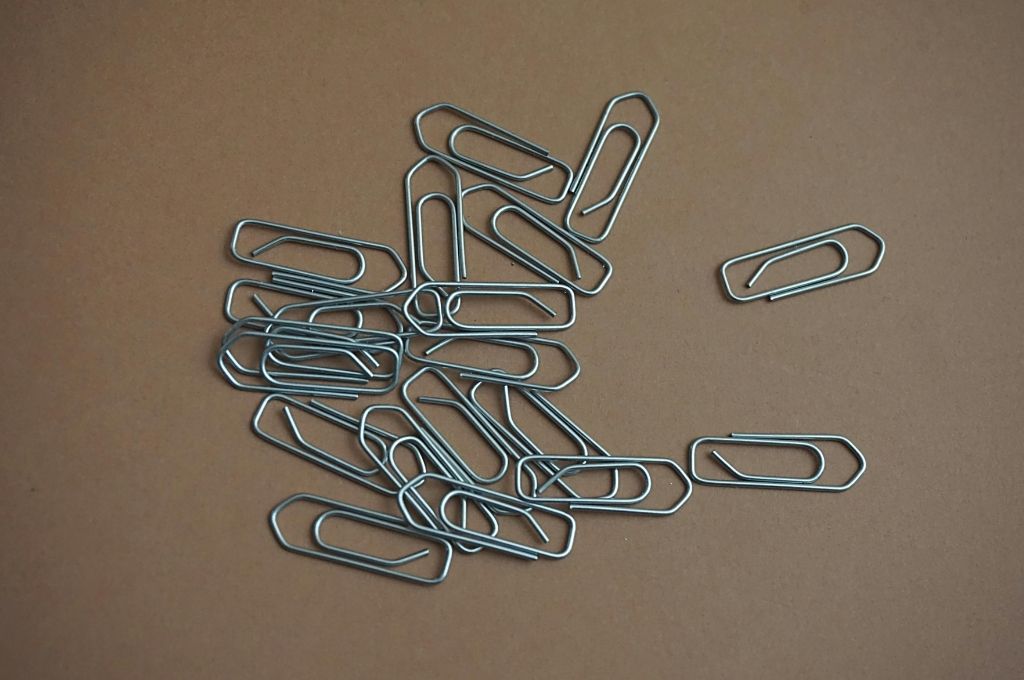IDR Answers is the world’s first AI-powered search and analysis engine built to answer your questions about social impact in India. It taps into IDR’s repository of over 2,000 articles written by more than 1,500 contributors to provide you with wide-ranging information on diverse topics.
This article has been generated using IDR Answers. Our prompt was ‘How can nonprofits and individuals celebrate Giving Tuesday in India?’ The following response is drawn from IDR articles on this and related topics, and all the articles are hyperlinked as sources within the piece.

Giving Tuesday, celebrated on the Tuesday after Thanksgiving, is a day dedicated to encouraging generosity and charitable acts. Here are some ways nonprofits and individuals can celebrate this day in India:

For nonprofits
- Engage in storytelling: Participate in the #MyGivingStory challenge, where nonprofits can encourage individuals to share their personal stories of giving. Participants can nominate a nonprofit, and those with the most votes can receive donations. This not only raises awareness but also builds community engagement [1].
- Utilise online donation platforms: Leverage the #GivingTuesday India website, which hosts a repository of over 500 vetted nonprofits. This platform allows individuals to browse by location, cause, and beneficiary group, making it easier to donate online. Nonprofits can promote this repository to their supporters [1].
- Promote matching donations: Encourage donors to take part in matching grants or prizes that can amplify their contributions. Highlighting these opportunities can motivate more people to give [1].
- Organise a ‘Giving Week’: Inspired by Singapore’s ‘Giving Week’, nonprofits in India can organise a similar initiative to extend the spirit of Giving Tuesday. This event can include activities like micro-volunteering, where supporters participate in small, time-efficient activities they enjoy, thereby increasing engagement [3].
- Spread awareness: Nonprofits can mobilise their networks by spreading the word about #GivingTuesday and Daan Utsav. Sharing information through social media, newsletters, and community events can help raise awareness about the importance of giving [1].
For individuals
- Give back in various forms: Individuals can celebrate by giving not just money but also time, skills, or items to local charities or causes they care about. For instance, someone skilled in graphic design might offer their services to a nonprofit in need of promotional materials. This approach emphasises the diverse forms of generosity [2].
- Participate in Daan Utsav activities: Engage in activities organised during Daan Utsav, which runs from October 2 to October 8, to celebrate acts of kindness and giving [2].
- Support local nonprofits: Use the online platforms to identify and support local nonprofits, ensuring that your contributions directly benefit your community [1].
By participating in these activities, both nonprofits and individuals can effectively celebrate Giving Tuesday and contribute to the spirit of generosity in India.
IDR Answers also highlights potential biases, blind spots, and bottlenecks within each response, which contributes in building a better and more inclusive knowledge repository. Do you have any article ideas that can help us address these gaps?
Biases
- High-net-worth giving focus: There is a bias towards focusing on high-net-worth individuals for donations, which can skew the power dynamics in philanthropy.
- Digital engagement bias: A reliance on digital platforms for mobilisation can exclude those with limited internet access, and spread misinformation.
- Narrative control bias: The need for nonprofits to let go of control may be hindered by an inherent bias towards maintaining organisational narratives.
Blind spots
- Diverse engagement methods: There may be an oversight in exploring diverse methods of engagement beyond digital and micro-volunteering.
- Cultural relevance: Assuming that global movements like Giving Tuesday resonate equally across different cultural contexts can be a blind spot.
- Measurement of impact: There might be a lack of focus on how to measure the impact of democratised giving and smaller contributions.
- Equity in participation: Overlooking barriers that prevent equitable participation from all societal segments in giving initiatives.
Bottlenecks
- Resource allocation: The process of vetting and managing a large number of nonprofits (for example, 500+ on the #GivingTuesday India website) can become cumbersome.
- Engagement saturation: With numerous campaigns and platforms, supporters may experience fatigue, hindering sustained engagement.
- Donation processing: Complexities in donation processing, such as matching grants and prizes, could deter potential donors.
Explore IDR Answers now to access insights and analyses about social impact in India.




